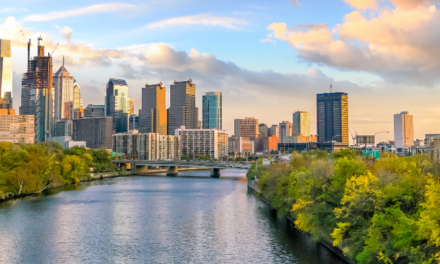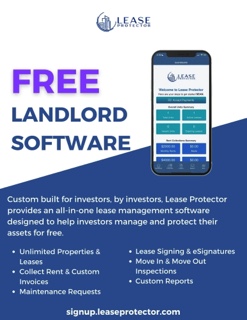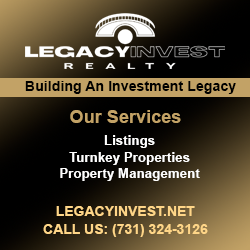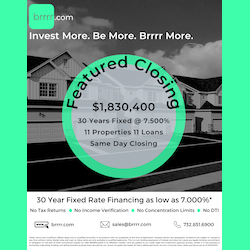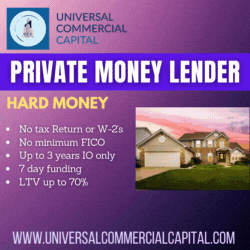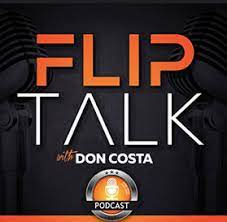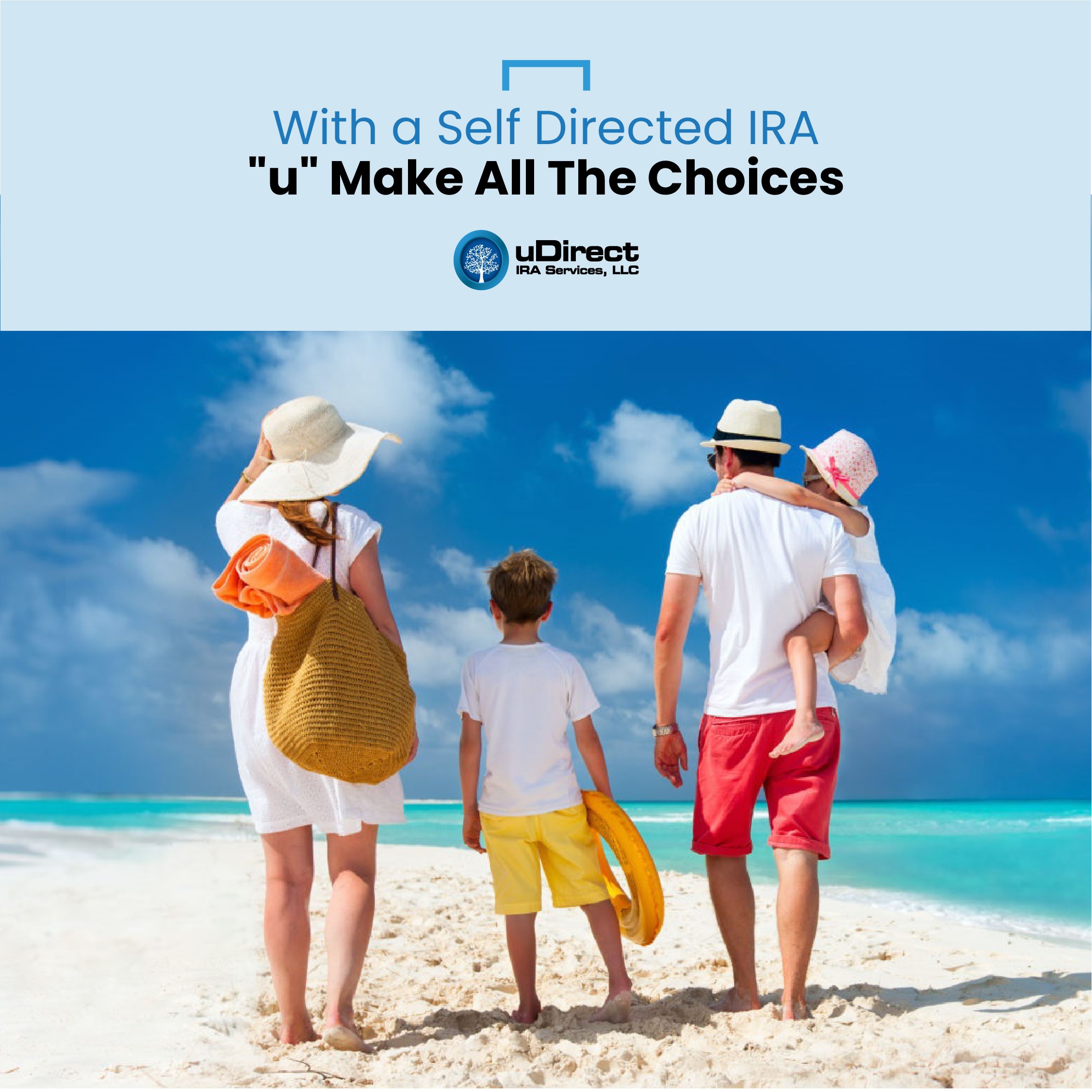|
Check out our new audio content!
Getting your Trinity Audio player ready...
|
by The Realty411 Team
Our office is flooded with emails. We receive about 500 emails per day from small, medium, and corporate companies marketing their services, properties, webinars, events, etc.
The other day one email in particular stood out, it was from an investment advisory office promoting a long-distance rental.
Astonishingly, two of the most critical elements of the cash flow analysis were completely missing: repair costs and a vacancy factor. Without these figures, the true cash flow estimation is not accurate, which will lead to disaster.
The following is a partial sample of the financials sent over: The email described and showed a nice-looking bread and butter property. We used generic numbers as a basic example:
Property Address: 3540 Hope Drive, USA
Property Information:
Purchase Price: $100,000
Bed/Bath: 3/2
Loan Information
Down Payment 20% $20,000
Loan Amount $80,000
Interest rate: 6%
Monthly payment: $400
In the email, a 6% interest rate was shown. However, the important thing to emphasize is that interest rates vary significantly with each borrower. Rates are determined according to a borrower’s credit history, number of properties, and type of loan. Conventional financing offers the best rates, especially for long-term financing of investment properties. Private capital loans are of higher interest and should be used only on a short-term basis.
Monthly Rent: $1,000
Annual Rent: $12,000
Annual Mortgage: $4,800
Annual Expenses:
Property Taxes $1,040
Insurance: $650
Management: 10% $1,200
Vacancy Allowance: 0
Maintenance Reserve: 0
Other Expenses: 0
Annual Expenses: $7,690
Annual Cash Flow: $4,310
Monthly Cash Flow: $359.16
(This is not accurate, as important expenses were excluded)
It was disappointing to see nothing listed as a vacancy factor, which ideally should be 7% of the annual rent.
As far as the maintenance reserve, the 1% rule creates an easy calculation for investors to remember. The rule is: maintenance will cost about one percent of the property value per year.
For the above property example that would equal $1,000.
Lastly, under the “other expenses” category, one should also reserve a small cushion for those unexpected expenses.
Please don’t start spending that cash flow on fancy dinners just yet! Remember, unexpected issues can go wrong with your rentals, and when multiplied many times over by several properties, the “other expenses” category can end up being financially crippling.
It was disappointing to see such a huge mistake on this advisor’s email because this is supposed to be a professional of trust and expertise. They have been in business a long time advising California investors and selling them out-of-state properties.
Remember, that a cash flow of $350 per month or so on any house basically means you will not be making money on that rental. By the end of the year, the cash flow most likely will be used just on the regular maintenance and upkeep of the property.
The best thing to do is invest safely and cautiously by properly calculating your numbers so you can closely estimate what the outcome will be. It may be prudent to also only buy one property in a new area, until you are comfortable with the outcome of the investment and property manager.
It’s important to realize that as an investor you won’t actually see the true benefits of rental property ownership until your rentals are paid off.
Real estate investing is a long-term endeavor, so keep safe by calculating numbers correctly and seek advice from a trusted source.
In the meantime, stay in the game, live frugally to buy more assets, and, of course, always keep learning.
Do you have any comments about the article? If so, reach us directly at: [email protected]


